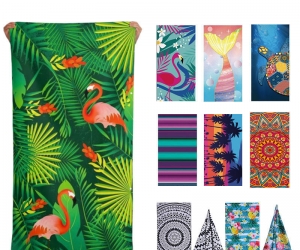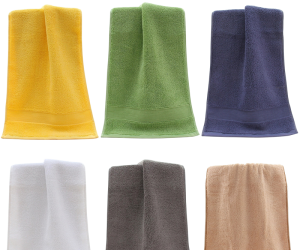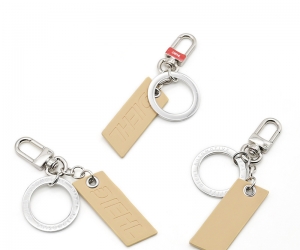What makes a good lanyard?
Lanyards are an essential accessory in various settings, including schools, hospitals, conferences, and workplaces. They serve as a convenient way to display identification cards, keys, and other small items that need to be kept close at hand. However, not all lanyards are created equal. A good lanyard should be practical, durable, and comfortable to wear. In this article, we will explore the key features that make a good lanyard.
1. Material and Durability
The material of a lanyard is an essential factor to consider when choosing a good lanyard. Generally, lanyards are made from polyester, nylon, or cotton. Each material has its unique set of characteristics that affect the lanyard's durability, comfort, and aesthetics.
Polyester is the most popular lanyard material because it is strong, durable, and cost-effective. It is also resistant to water, mildew, and UV light, making it ideal for use in outdoor settings. Polyester lanyards can be customized with a wide range of colors and designs, making them suitable for various branding and marketing purposes.
Nylon lanyards are also strong and durable, but they are softer and more comfortable to wear than polyester lanyards. They tend to be more expensive than polyester lanyards, but they are worth the investment for those who prioritize comfort. Nylon lanyards are also resistant to water, mildew, and UV light, making them ideal for outdoor use.
Cotton lanyards are the most comfortable to wear, but they are not as durable as polyester or nylon lanyards. Cotton lanyards are soft, lightweight, and breathable, making them ideal for use in hot and humid environments. However, they are not water-resistant and tend to fade quickly, making them unsuitable for long-term use.
When choosing a lanyard, consider the environment in which it will be used. If it will be used in an outdoor setting or a high-traffic area, choose a polyester or nylon lanyard for durability. If comfort is a top priority, choose a nylon or cotton lanyard.
2. Width and Length
The width and length of a lanyard are crucial factors to consider when choosing a good lanyard. The width of a lanyard affects its durability, while the length affects its comfort and practicality.
A good lanyard should be at least 0.75 inches wide to ensure durability. Narrow lanyards are prone to breaking, especially when carrying heavy items such as keys and ID cards. A wider lanyard distributes the weight more evenly and reduces the likelihood of breakage.
The length of a lanyard depends on personal preference and the intended use. A standard lanyard is about 36 inches long, which is suitable for most people. However, some people prefer shorter or longer lanyards, depending on their height and the items they need to carry.
Shorter lanyards are ideal for those who need to keep their ID card or key close to their body. Longer lanyards are suitable for those who need to display their ID card or badge from a distance. When choosing a lanyard length, consider the wearer's height and the required visibility.
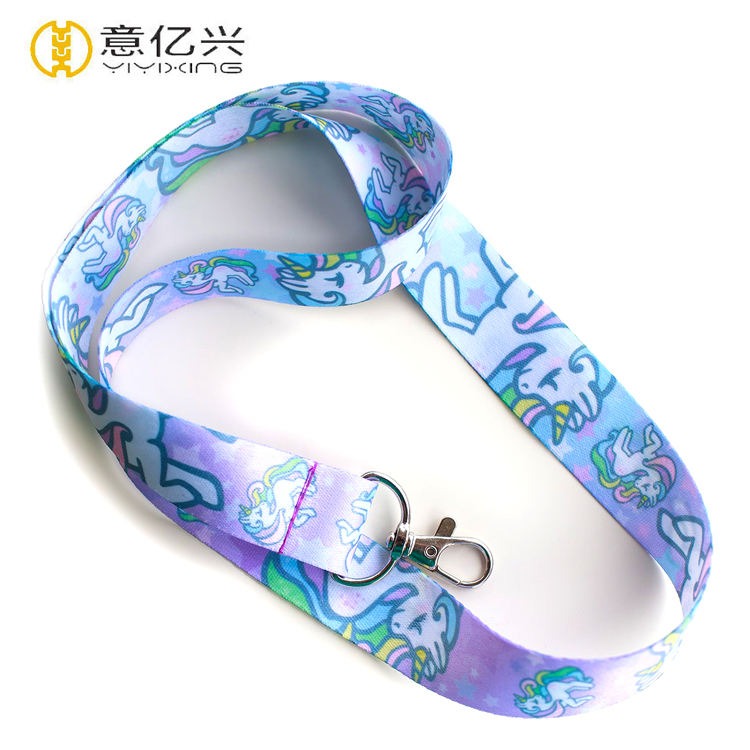
3. Attachment Options
A good lanyard should have a sturdy and secure attachment option. The attachment option determines how the ID card or key will be secured to the lanyard. The most common attachment options include swivel hooks, bulldog clips, and breakaway connectors.
Swivel hooks are the most popular attachment option because they are secure and easy to use. They have a clip that rotates, making it easy to attach and detach the ID card or key.
Bulldog clips are also secure but tend to be bulkier than swivel hooks. They are ideal for attaching thicker items such as keys and USB drives.
Breakaway connectors are essential for safety and security purposes. They release quickly when pulled, preventing the lanyard from choking or injuring the wearer. Breakaway connectors are ideal for use in high-traffic areas such as schools and hospitals.
4. Customization Options
Customization is an essential aspect of lanyards, especially in branding and marketing settings. A good lanyard should be customizable to meet the specific needs of the wearer or the organization.
Customization options include color, design, logo, and text. A good lanyard should allow for full-color printing to ensure that the design is vibrant and eye-catching. The design should also be durable and resistant to fading and peeling.
The logo and text should be visible and easy to read, even from a distance. The font size and style should be legible and consistent with the organization's branding guidelines.
5. Comfort
Comfort is a crucial factor to consider when choosing a good lanyard. A comfortable lanyard ensures that the wearer can wear it for extended periods without experiencing discomfort or irritation.
A good lanyard should be lightweight and breathable to prevent sweating and discomfort. The material should be softand smooth to the touch to prevent irritation and chafing. The attachment option should be positioned in a way that prevents the ID card or key from bouncing around and causing discomfort.
Breakaway connectors are also essential for comfort because they prevent the lanyard from choking or pulling on the wearer's neck. They release quickly when pulled, ensuring that the wearer is not trapped or injured.
6. Safety
Safety is a critical factor to consider when choosing a good lanyard. A good lanyard should not pose any safety risks to the wearer or those around them.
Breakaway connectors are essential for safety because they prevent the lanyard from choking or injuring the wearer. They release quickly when pulled, ensuring that the lanyard does not pose a hazard in high-traffic areas.
The width and length of the lanyard also affect safety. A wide lanyard distributes the weight more evenly and reduces the likelihood of breakage, preventing the ID card or key from falling and causing an accident. A longer lanyard allows the wearer to display their ID card or badge from a distance, preventing the need for the wearer to lean forward or strain their neck.
7. Cost
Cost is an important factor to consider when choosing a good lanyard. Lanyards are available at different price points, depending on the material, customization options, and attachment options.
Polyester lanyards are the most cost-effective, while nylon and cotton lanyards tend to be more expensive. Customization options such as full-color printing and additional attachments can also increase the cost of the lanyard.
When choosing a lanyard, consider the intended use and the budget. A more expensive lanyard may be worth the investment if it is durable, comfortable, and has the necessary customization options and safety features.
Conclusion
In conclusion, a good lanyard should be practical, durable, comfortable, and safe. The material, width, length, attachment options, customization options, comfort, safety, and cost are all essential factors to consider when choosing a lanyard. By considering these factors, you can choose a lanyard that meets your specific needs and ensures that your ID card or key is secure and easily accessible.
-
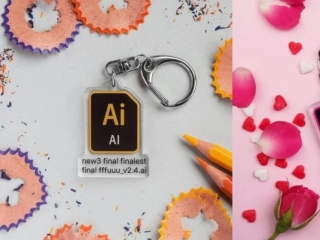 Such a beautiful keychain makes people love and hate!
Such a beautiful keychain makes people love and hate!If you are a designer, then lines like "Tune a little bit here", "Help me change t...
Do you like ?0
Read more -
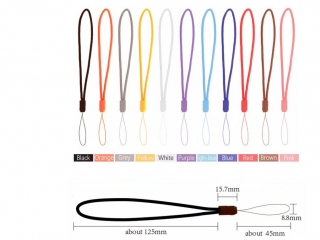 Easy to carry Water Bottle Lanyards buying
Easy to carry Water Bottle Lanyards buying -
 Advantages of using personalized printed Silicone Wristbands
Advantages of using personalized printed Silicone Wristbands -
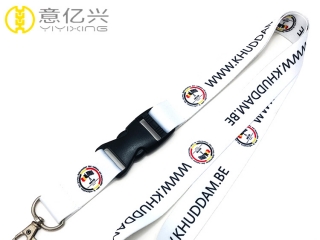 The difference between nylon lanyard vs polyester lanyard - Yiyixing
The difference between nylon lanyard vs polyester lanyard - YiyixingWhat is Polyester Made Lanyards?
When it comes to <...
Do you like ?0
Read more -
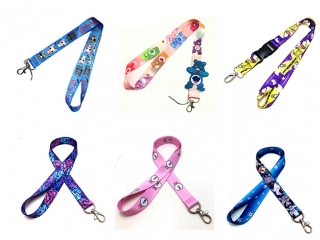 Does Wear Cute lanyard can keep in a good mood?
Does Wear Cute lanyard can keep in a good mood?With the growth of age, girls are more and more inclined to adorabl...
Do you like ?0
Read more -
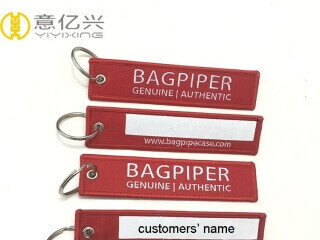 Why not choosing custom flight tags as a gift?
Why not choosing custom flight tags as a gift?Fabric key tag, made by embroidery or woven is one of our new appli...
Do you like ?0
Read more


